No products in the cart.
5 Lobe Viking Sword (#1540)
The British Museum in London.
800-950 AD
A distinctive, instantly recognizable design, the 5 Lobe Viking Sword is our modern remake of a classic blade. Inspired by the simple yet well-made work of the Norse smiths, the clean lines and subdued fittings of the 5 Lobe Viking Sword mark it as a weapon of a seasoned Viking warrior, not a king or a lord. Yet even this deceptively simple weapon shows the signs of the generations of steelcraft that made the Viking raiders so formidably armed. A wide, straight, double-edged blade adorned with a broad fuller and terminating in a spatulate tip marks it as a Norse weapon, the family resemblance to other Viking swords clearly apparent. The leather-wrapped handle provides a comfortable grip, and the polished steel fittings – including the 5-lobed pommel that gives this sword its name – are powerful, yet subtle. A weapon for a warrior on the front lines, the 5 Lobe Viking Sword will serve you well wherever your voyages take you.
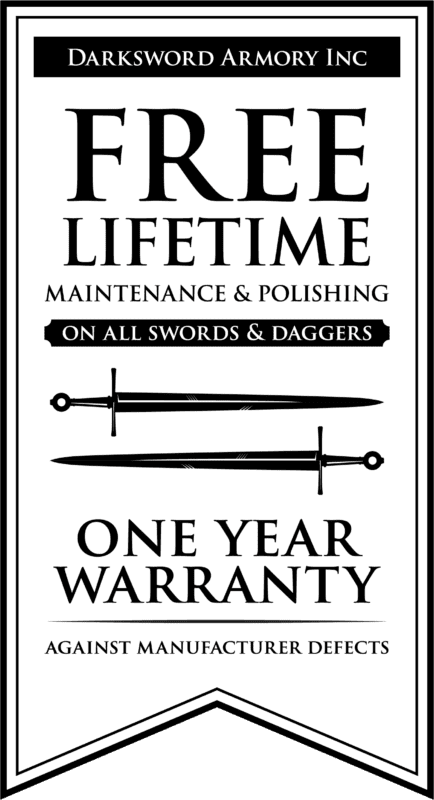 Blade: 5160 High Carbon Steel. Dual Tempered HRc 60
Blade: 5160 High Carbon Steel. Dual Tempered HRc 60
48-50 at the core
Fittings : Mild Steel
Total Length: 36″
Blade Length : 30″
Weight: 2 lbs. 8 oz.
USD605.00 USD910.00Price range: USD605.00 through USD910.00



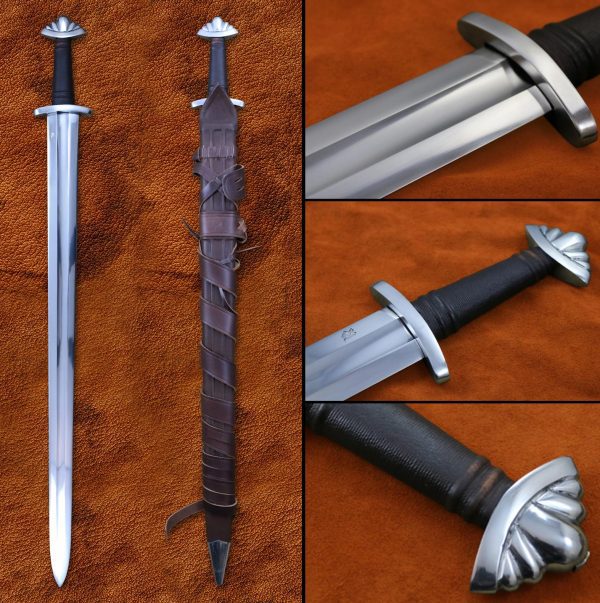
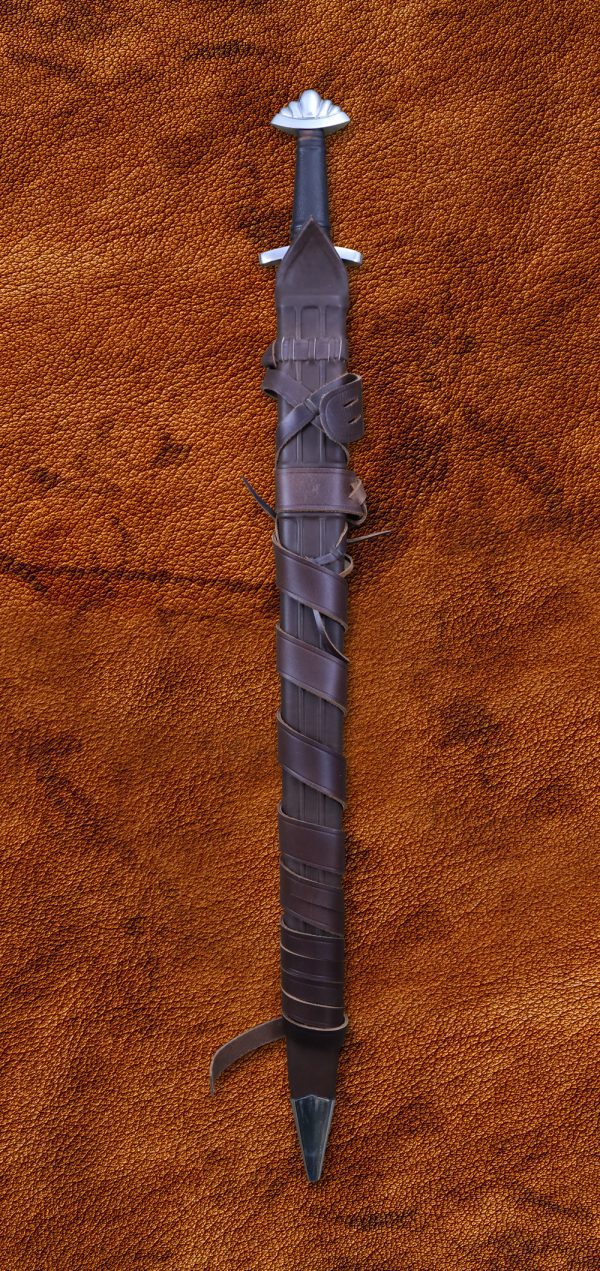
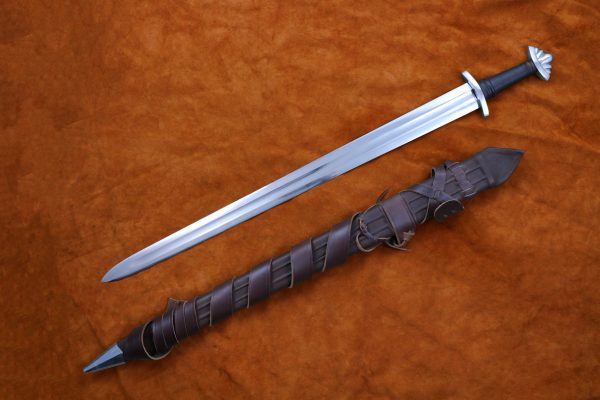
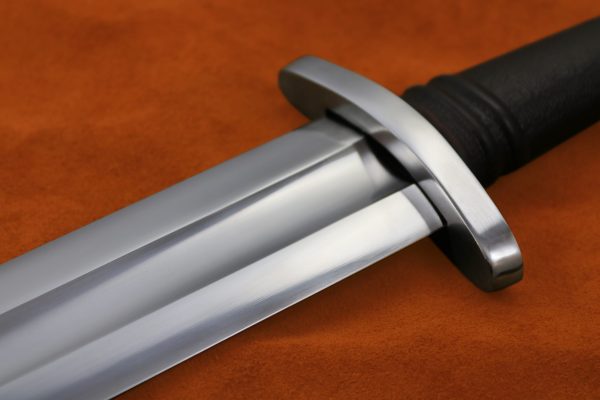
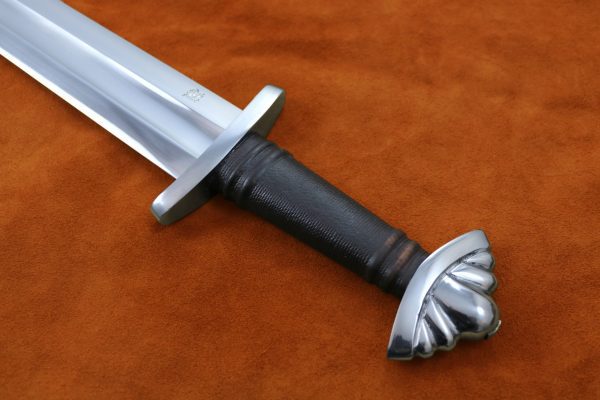
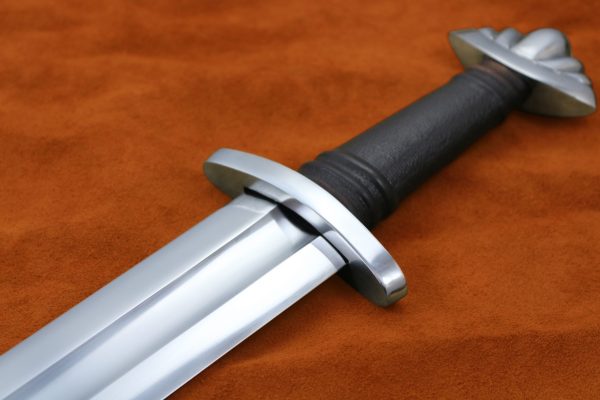
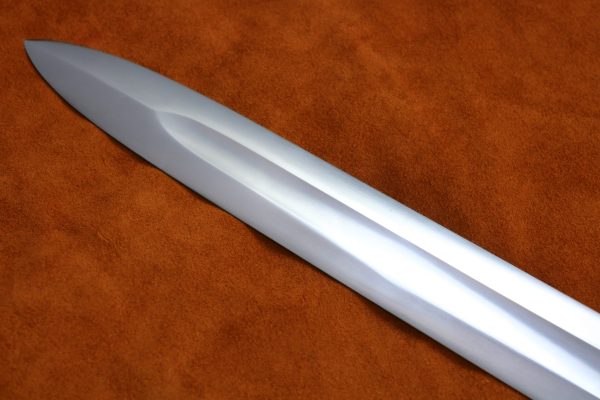
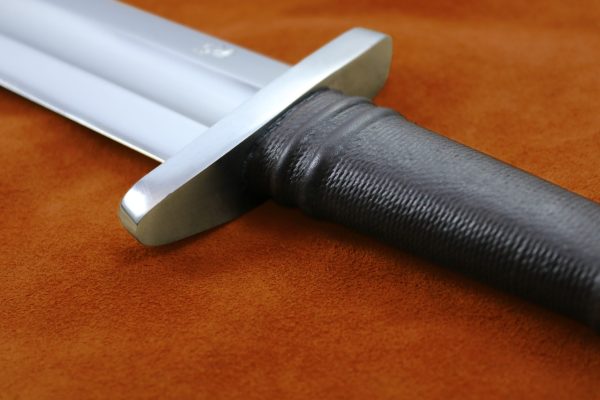
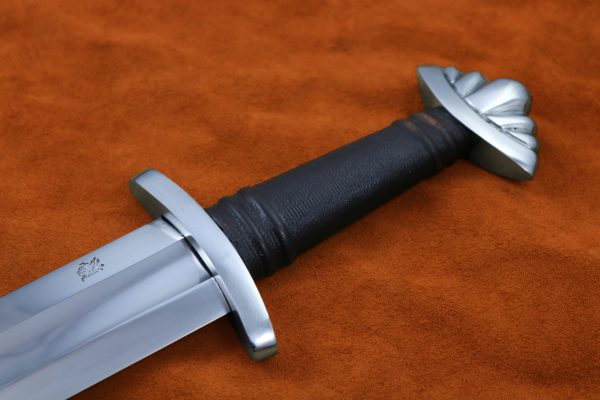
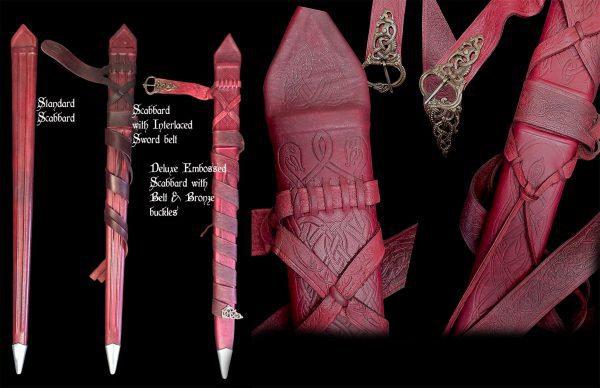
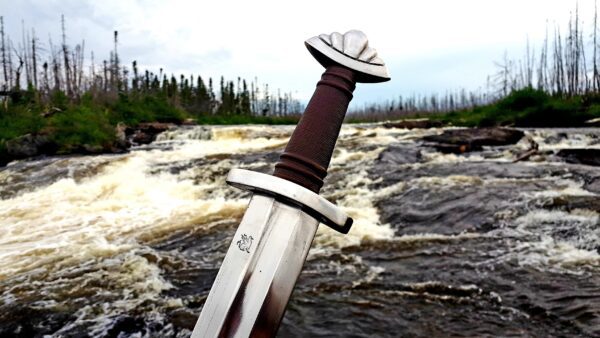
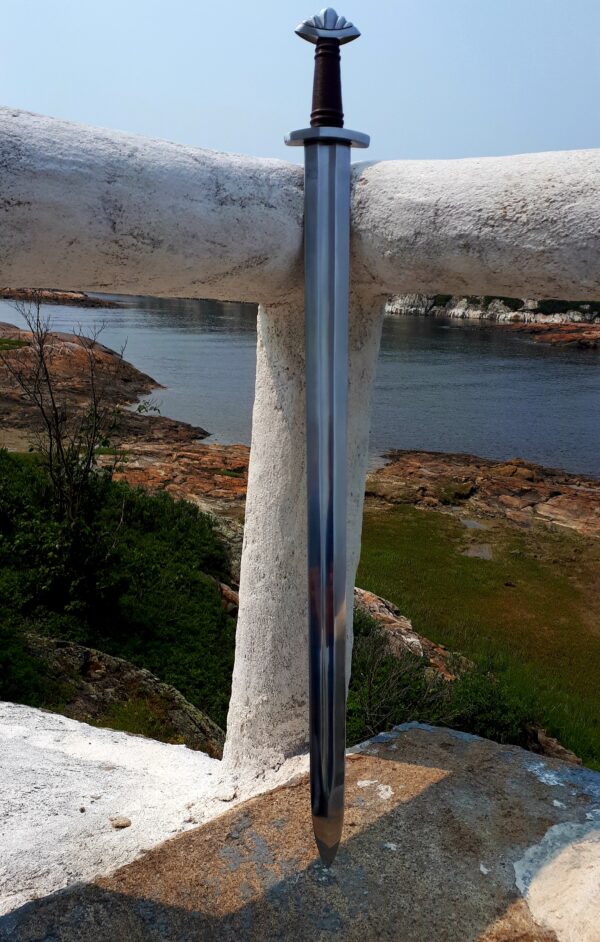
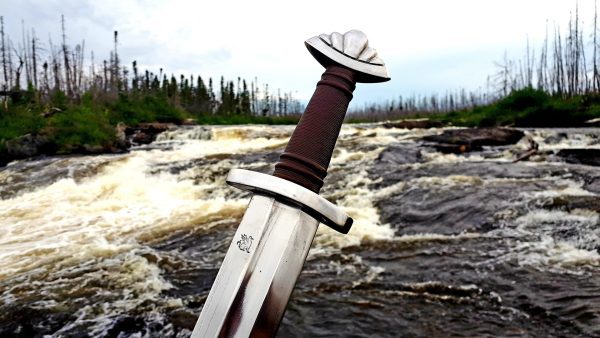
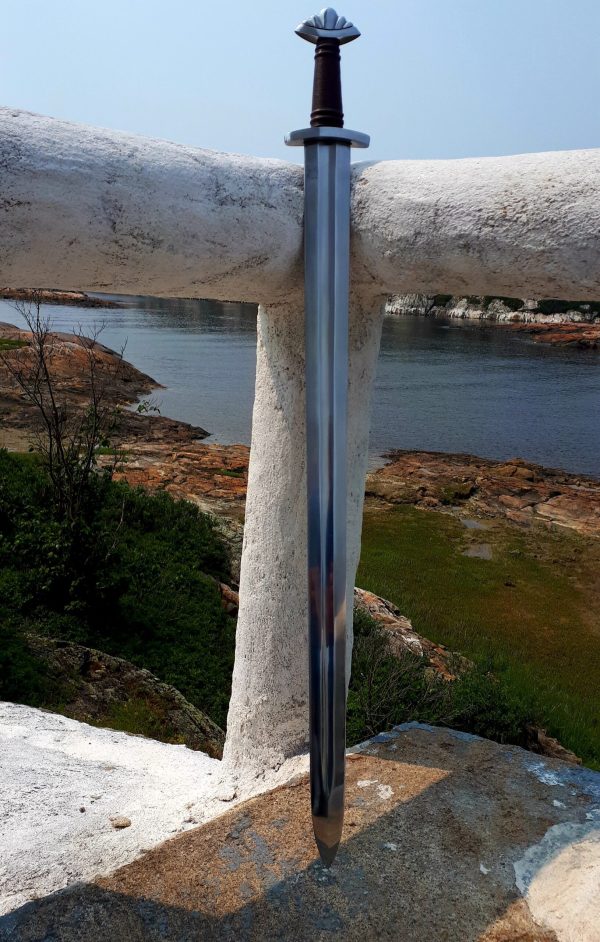
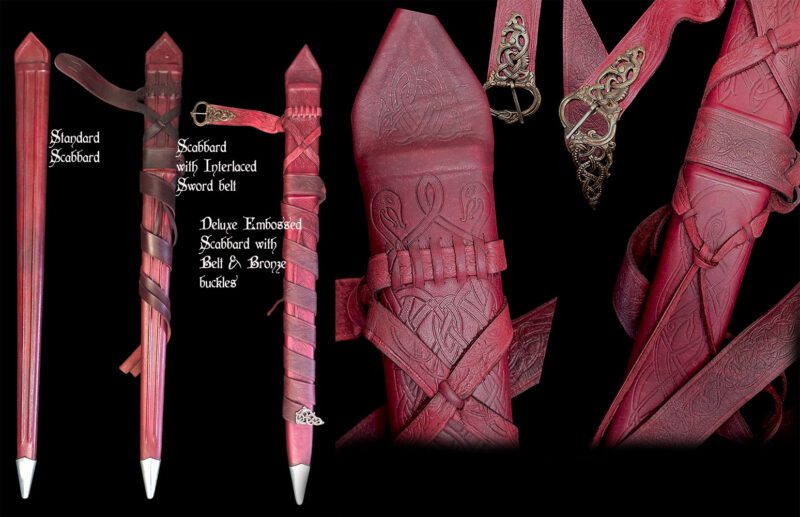
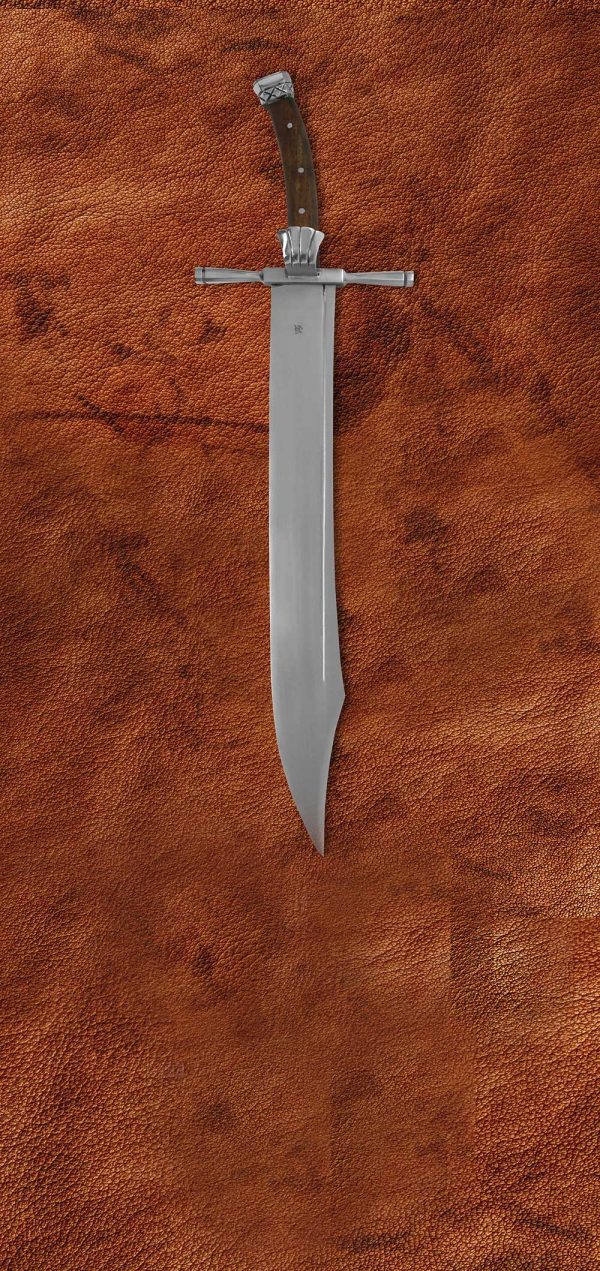
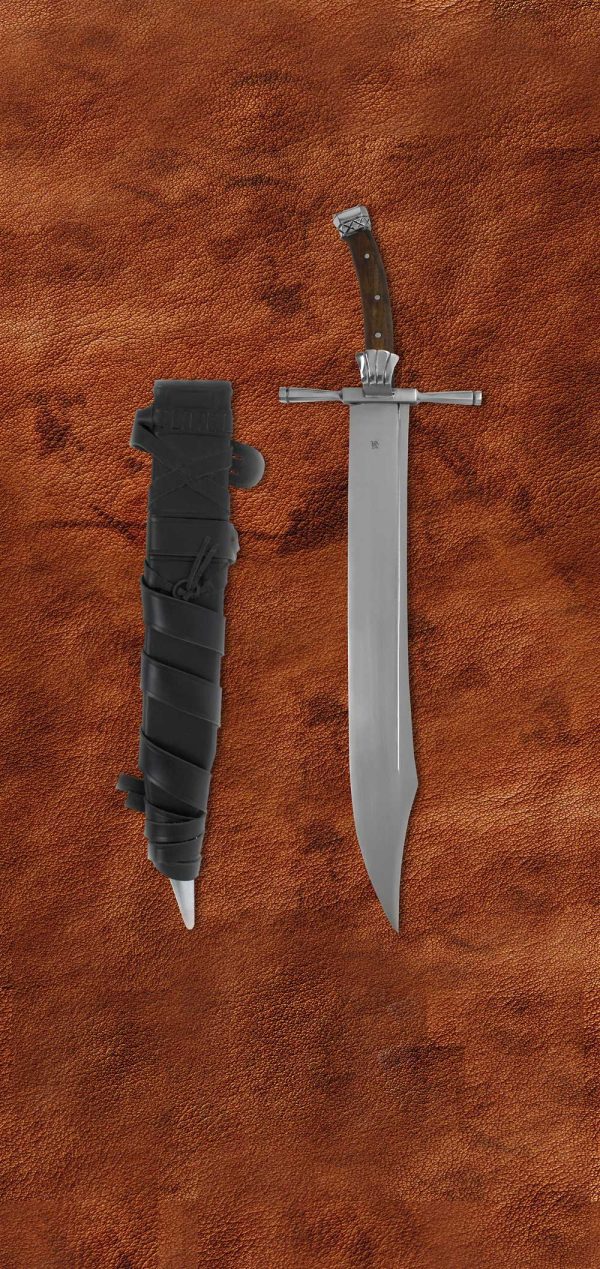
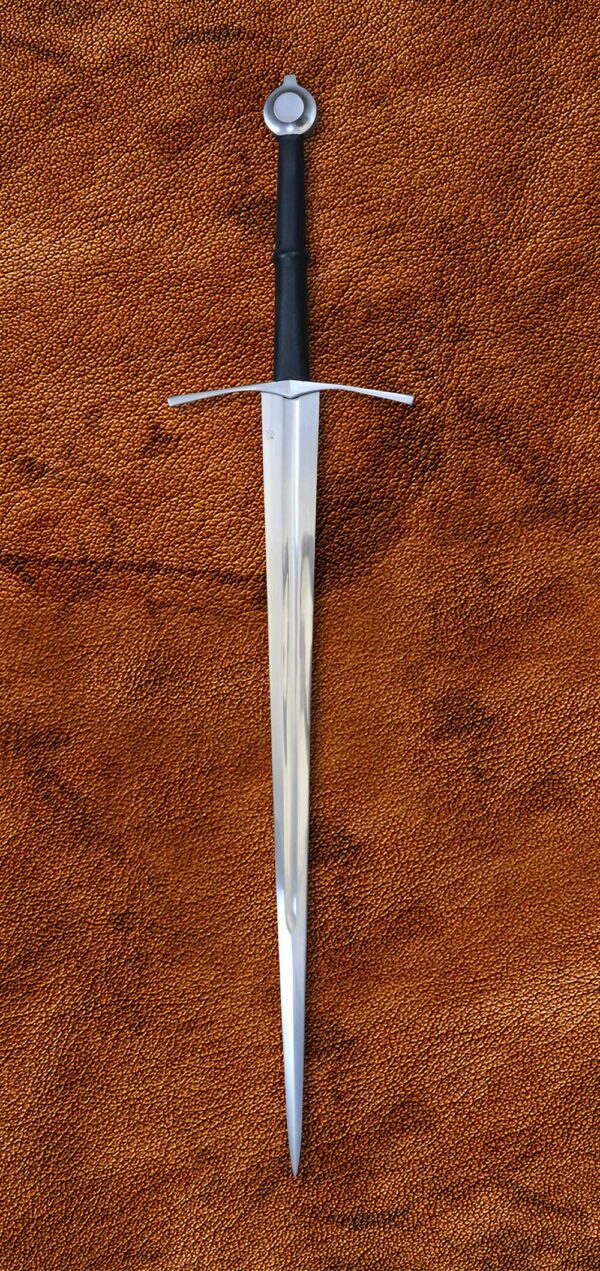
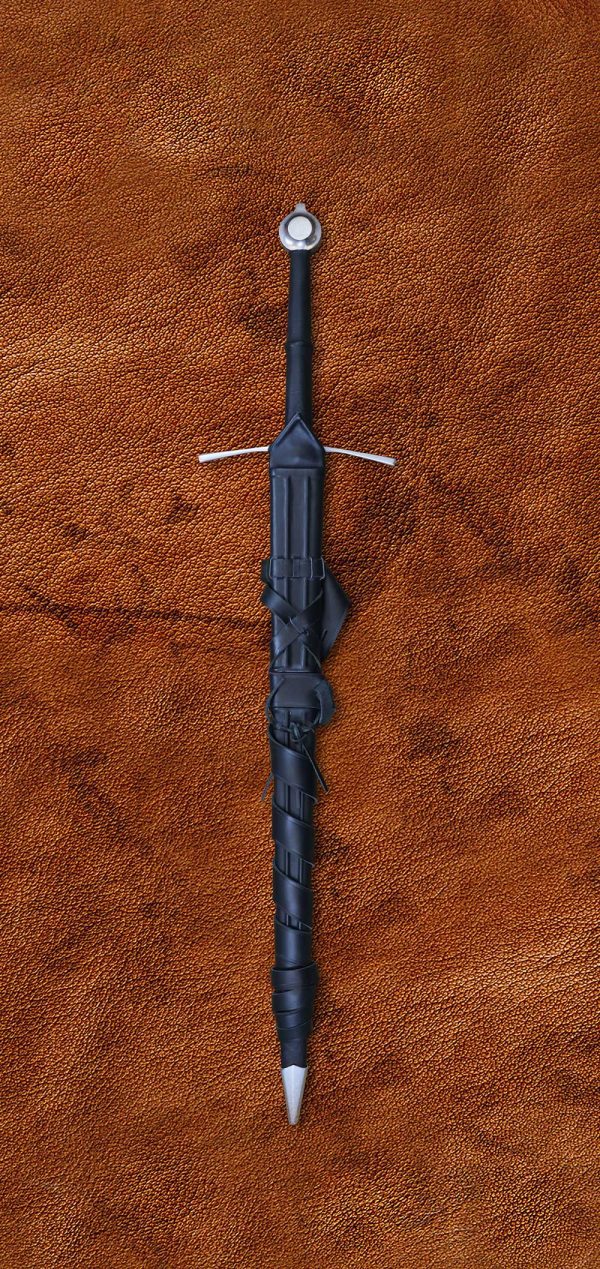
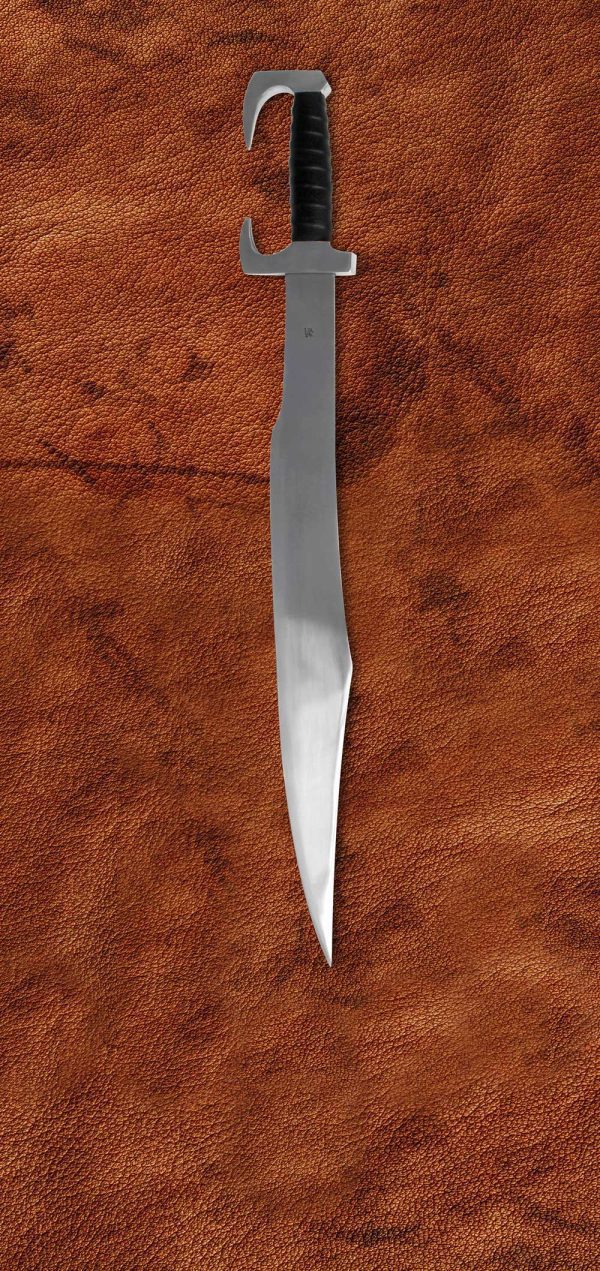
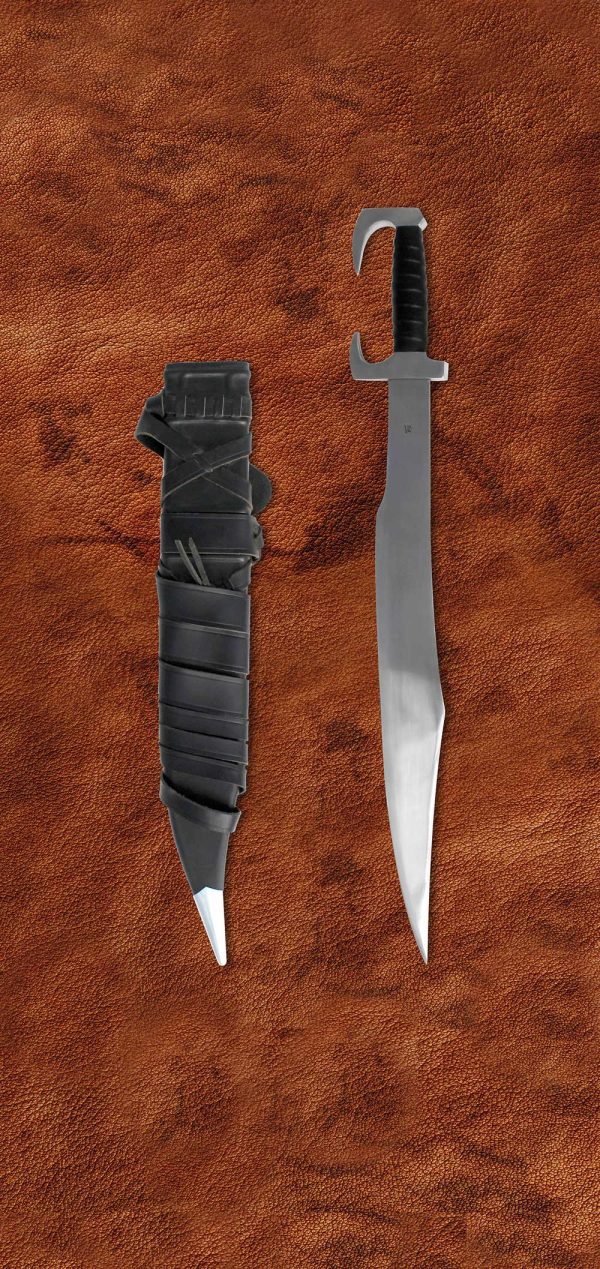
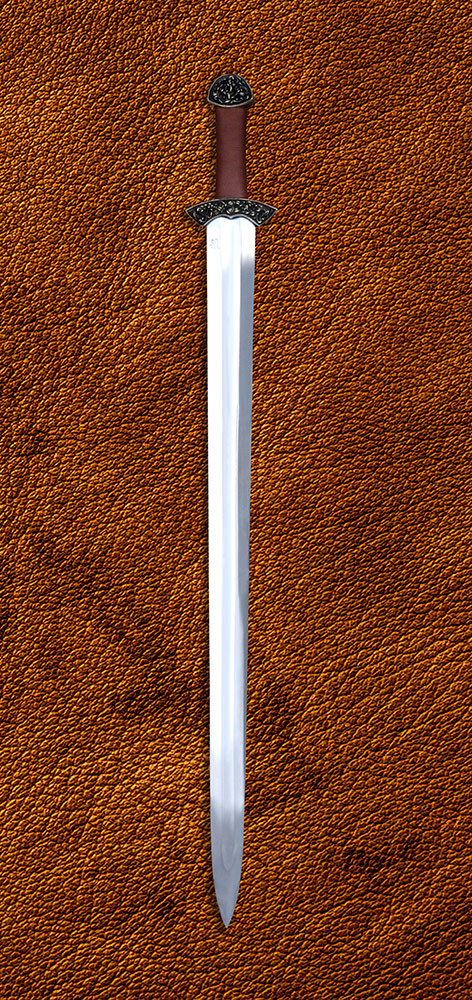
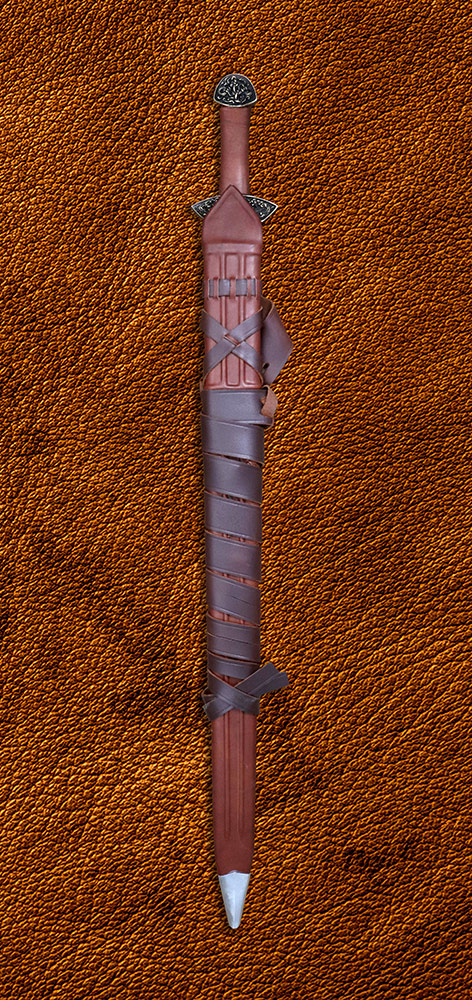
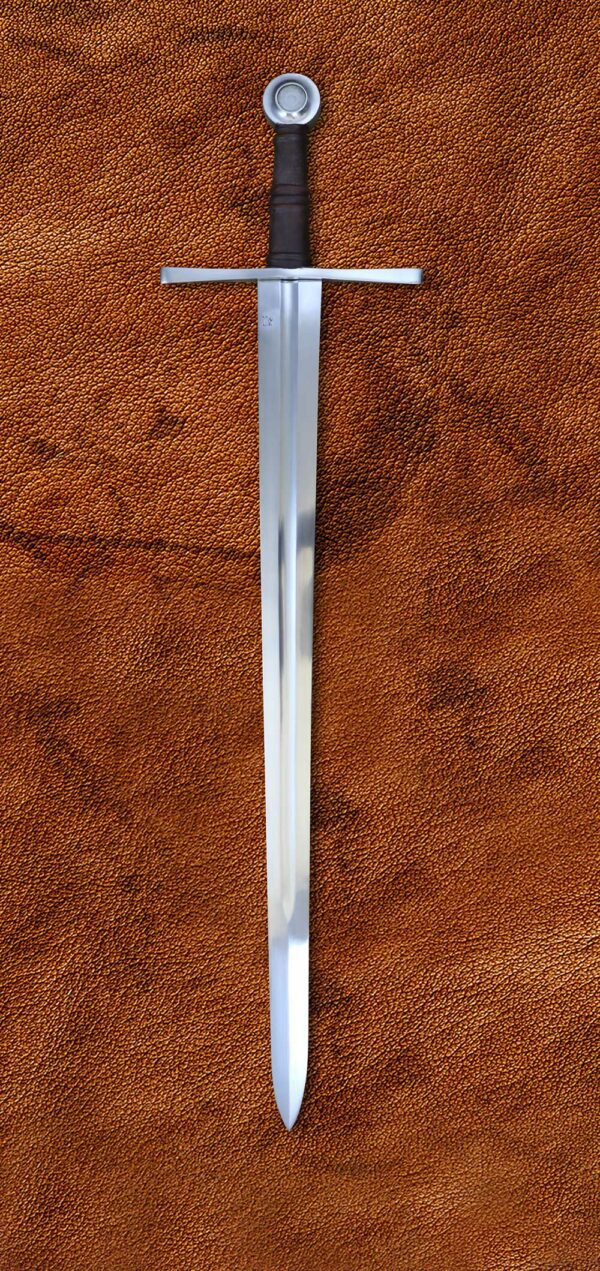
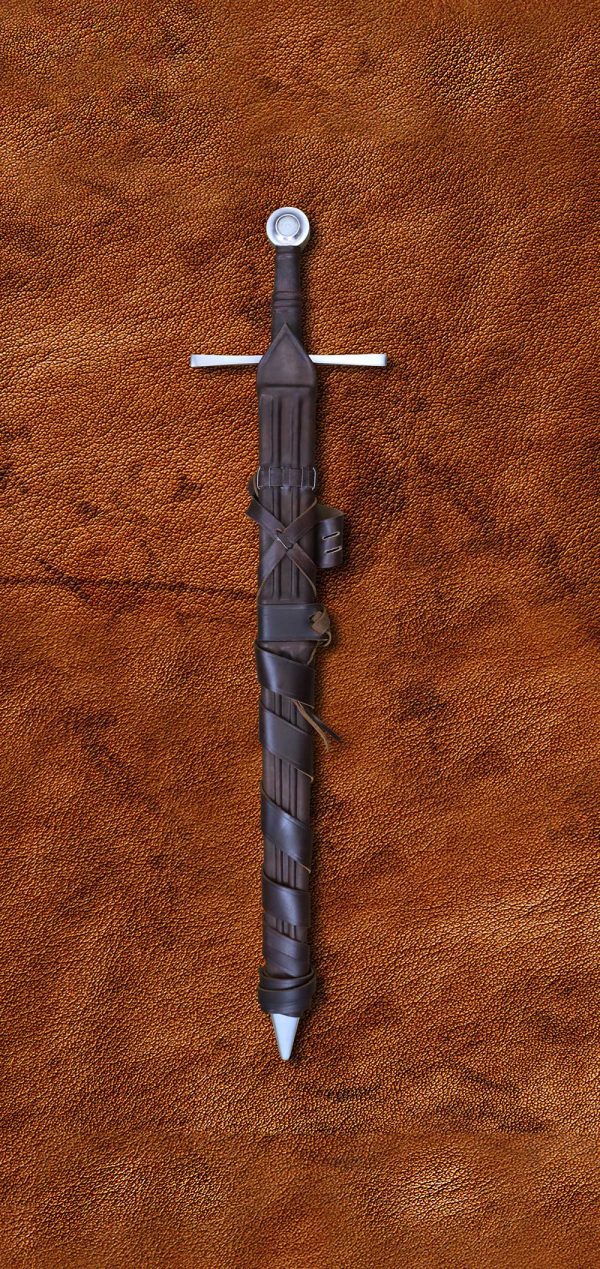
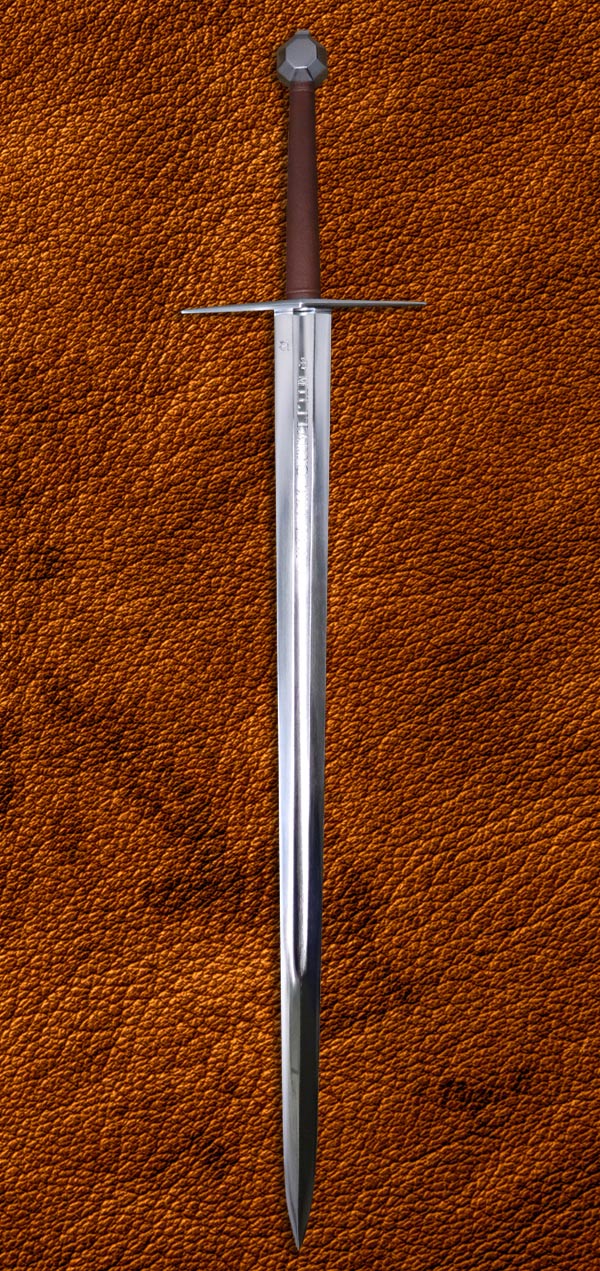
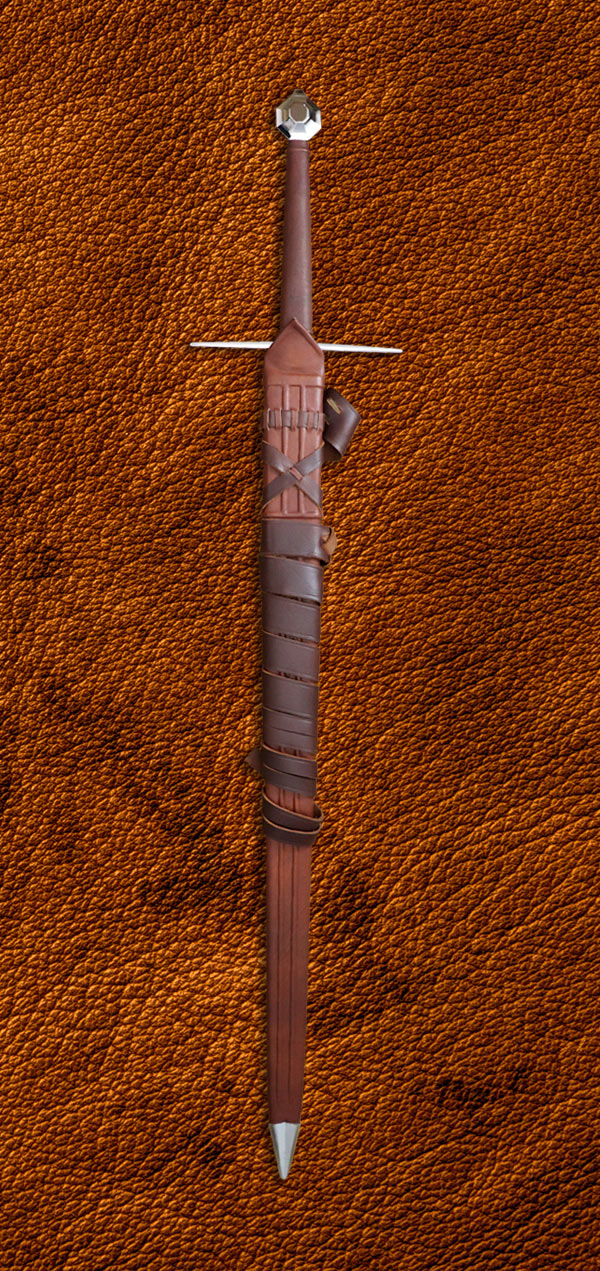
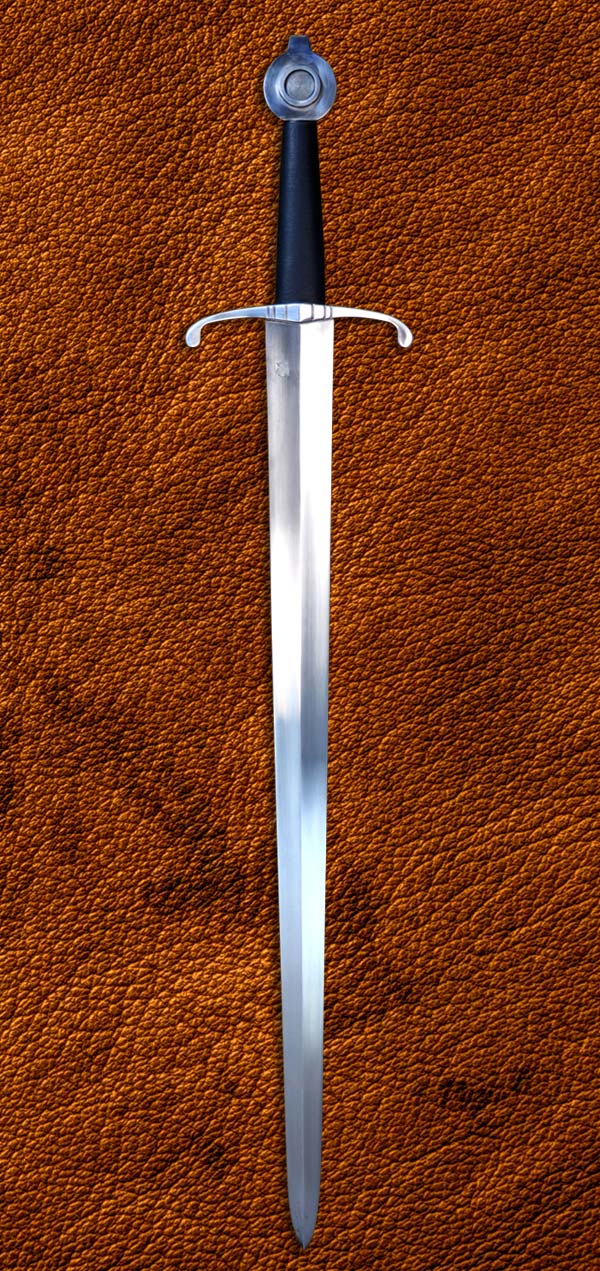
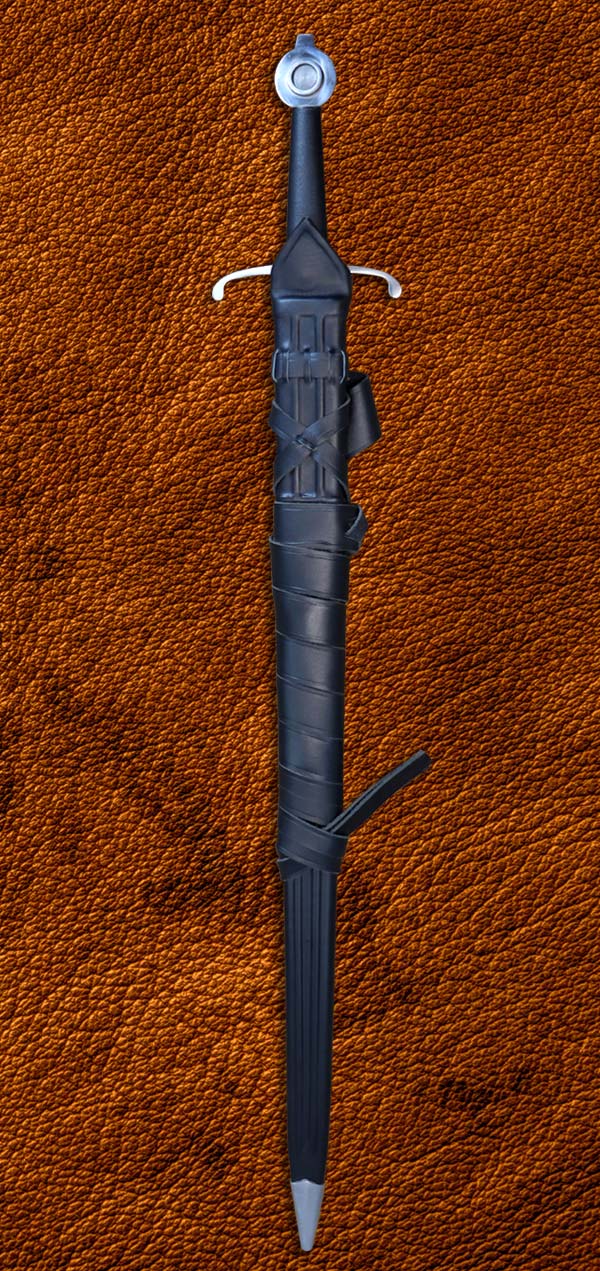
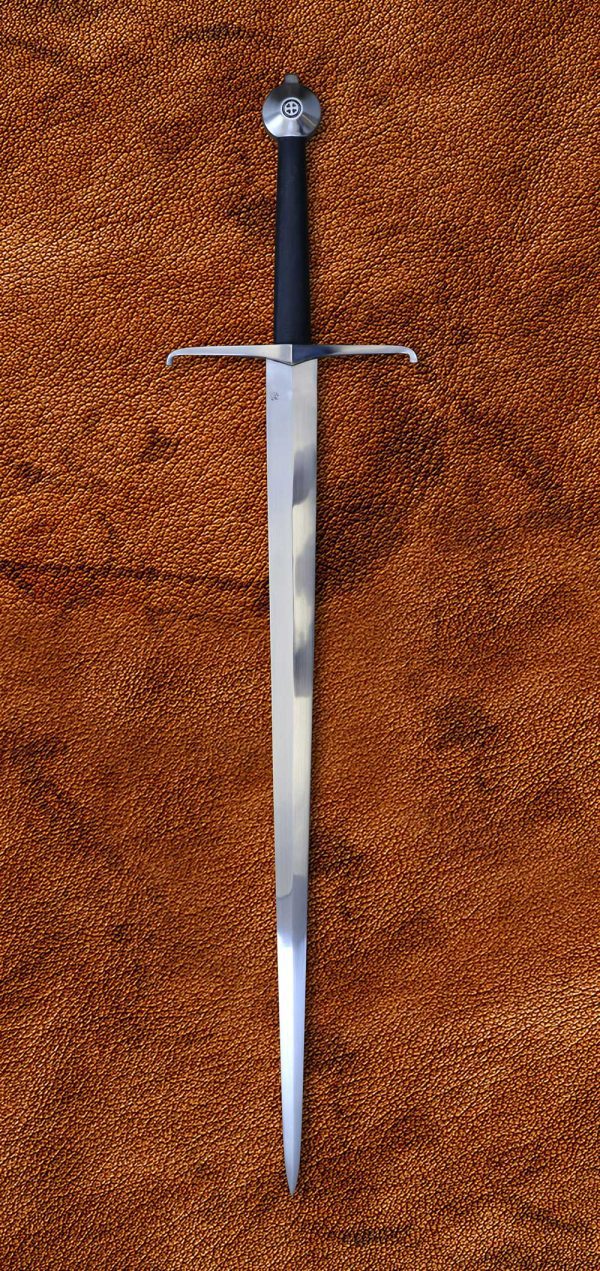
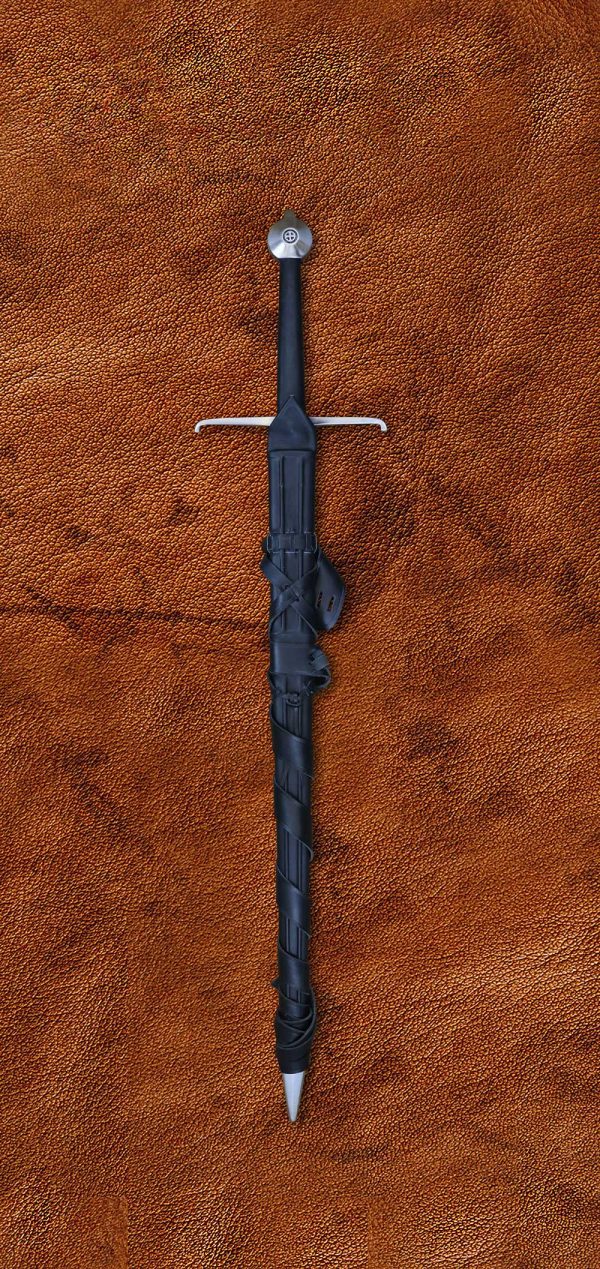
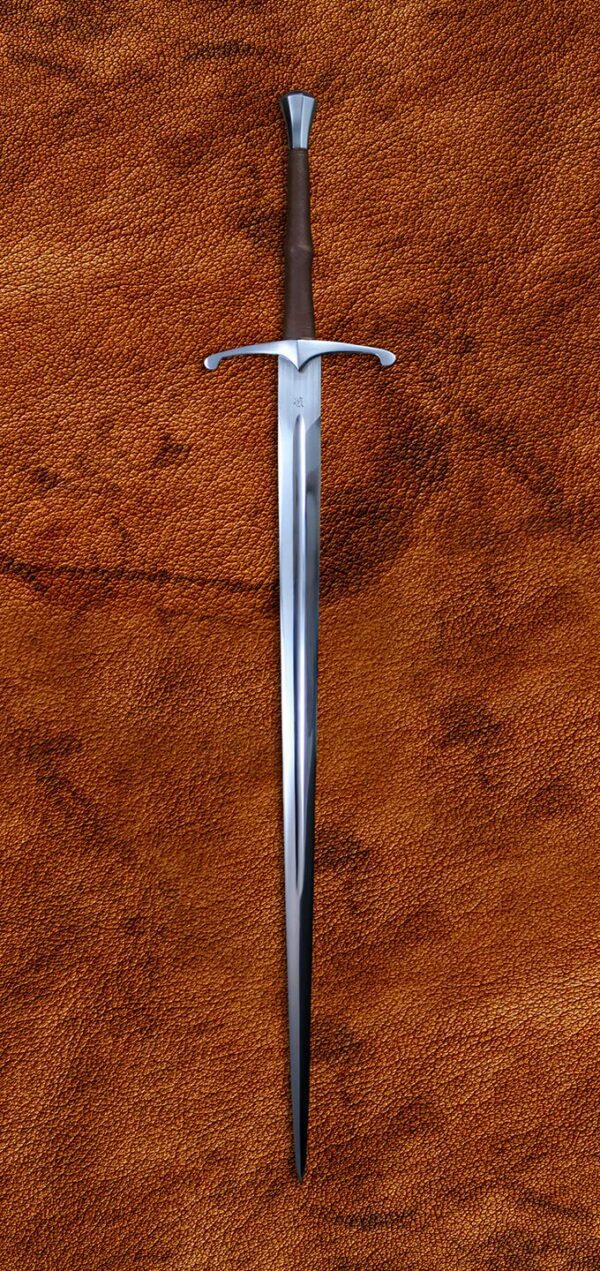
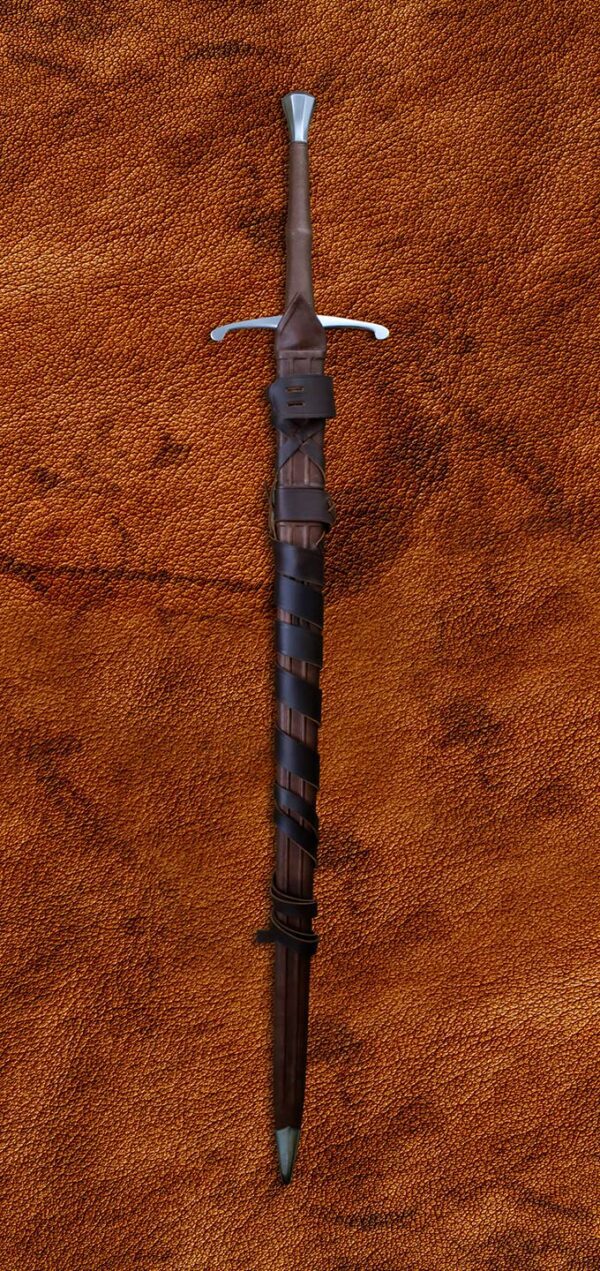
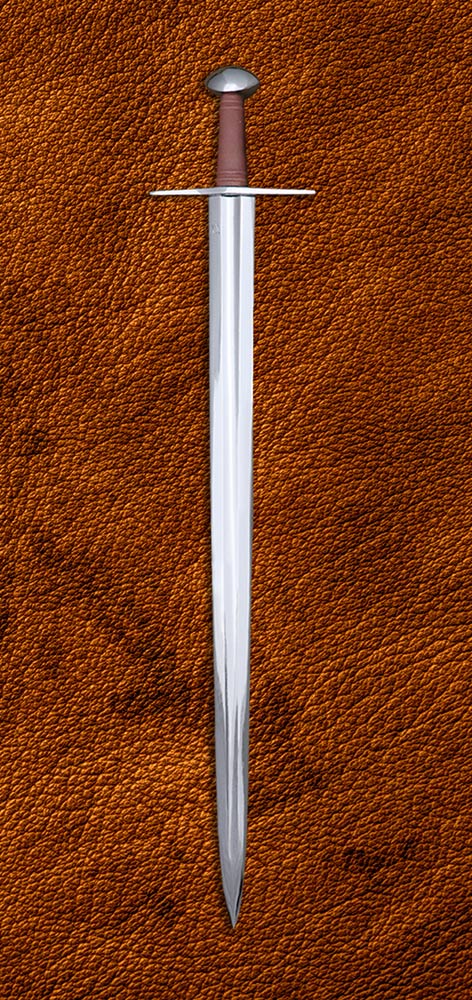
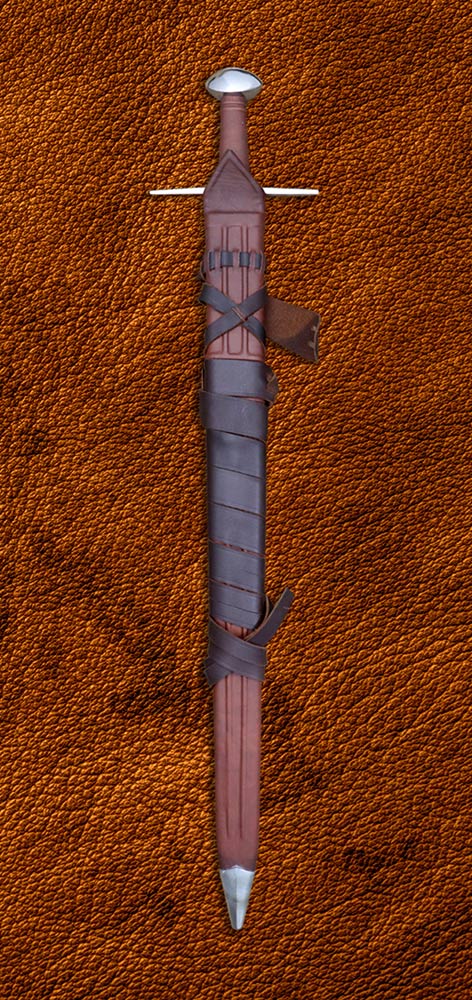
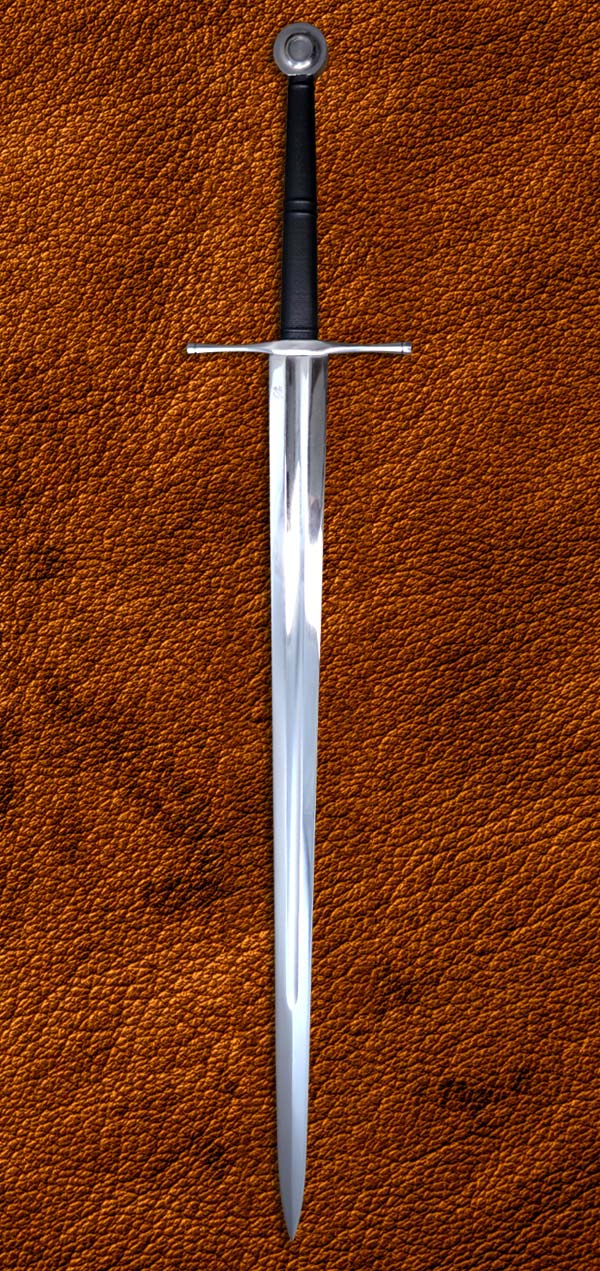
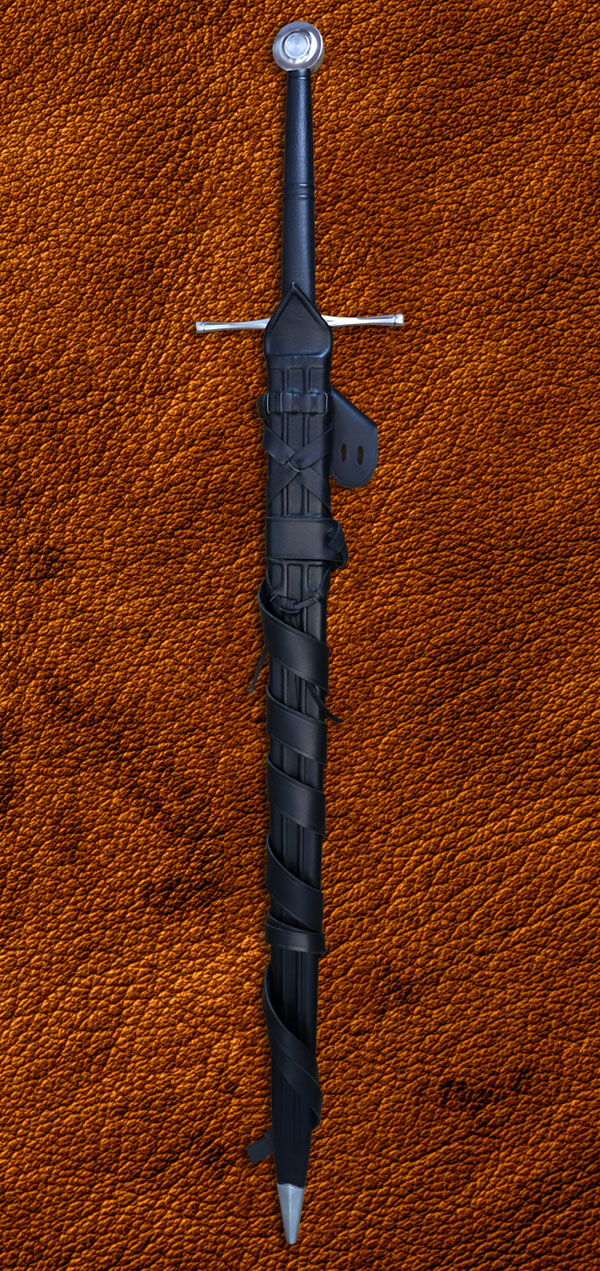
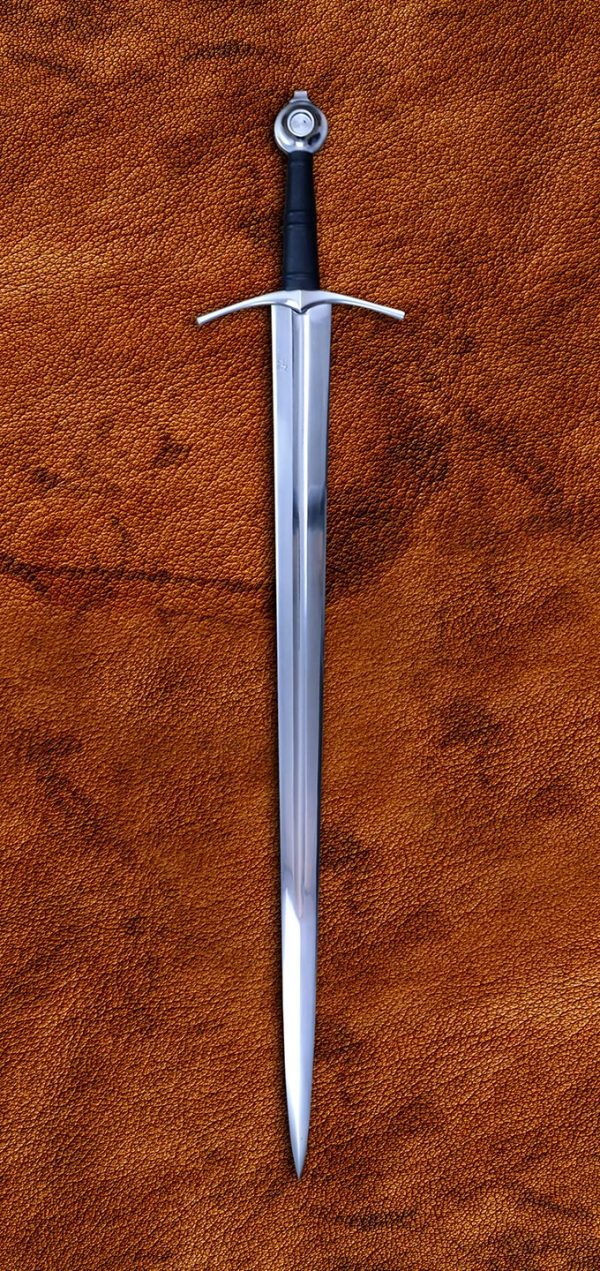
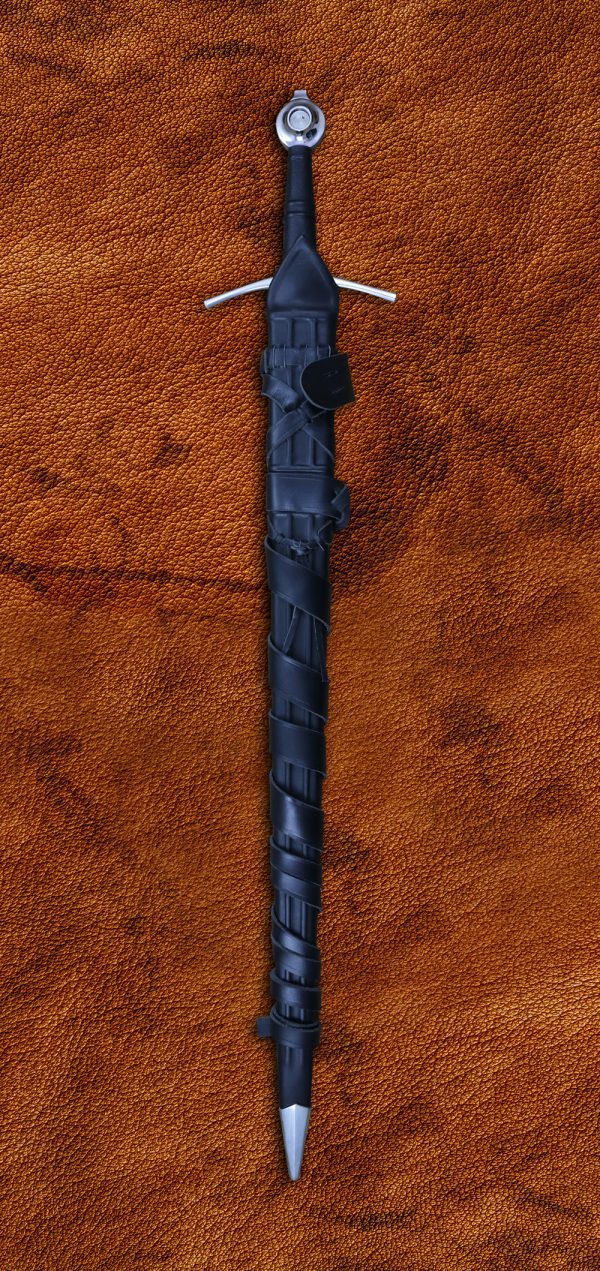
Skol, U.S.A –
After much online research and contemplation I finally chose the Darksword Armoury Viking 5 Lobe Sword and Scabbard/Belt combination. I was not disappointed in any way especially considering that many sites want you to buy just a scabbard for their swords which is more than I paid for the sword, scabbard and belt from Darksword.
The scabbard is very nice and upon opening the shipping box was greeted by the great odour of fresh leather. The scabbard colour matches the sword handgrip very nicely. The sword itself is almost flawless and feels very natural in the hand. The blade, cross guard and pommel were all nicely polished with no blemishes to be found. The grip is very tight and I cannot feel any movement. I haven’t had a chance to chop away at anything heavier than cardboard but I don’t expect the grip to loosen up any. I would give the sword an easy 9 1/2 out of 10 with the only minor criticism of where the blade attaches into the cross guard the inset on the cross guard is a tiny bit rough. This criticism is very nit-picky and I am going to start saving to buy another sword from Darksword, perhaps a crusader or two-handed sword.
I am related to the first Viking King and I can imagine wielding this fine blade along side him in battle or a raiding party daring the Valkyries to take me.
Justin (verified owner) –
My favorite style of viking era sword. The only difficultly i had choosing this was because they are so many on the site i like. But i got to wanting a viking sword and decided on this one firstout of the group. Very beautiful very durable i have no complaints with it
https://youtu.be/rxEv7LWNTlY
Dave Shaw (verified owner) –
I looked around alot before I chose this sword, between quality and price I am not disappointed and would recommend this sword.
Both the sword and the scabbard look great and are well made. There were only a couple small flaws on the sword; first, the slot in the guard around the blade was roughly cut and asymmetric, but only noticeable on close inspection; second, the sharpening at the tip was rough and needed to be smoothed with a stone.
Sword feels very solid, has good weight and balance and handles well.
DarkSword maks a fine sword, thank you.
Patrick St-pierre (verified owner) –
I’ve order this sword a few years ago, and it has gone trough a few years of practice, “abuse”, cutting, rehappening, etc. It has held up extraordinary well, and after several years, is still an exceptional piece of craftmanship.